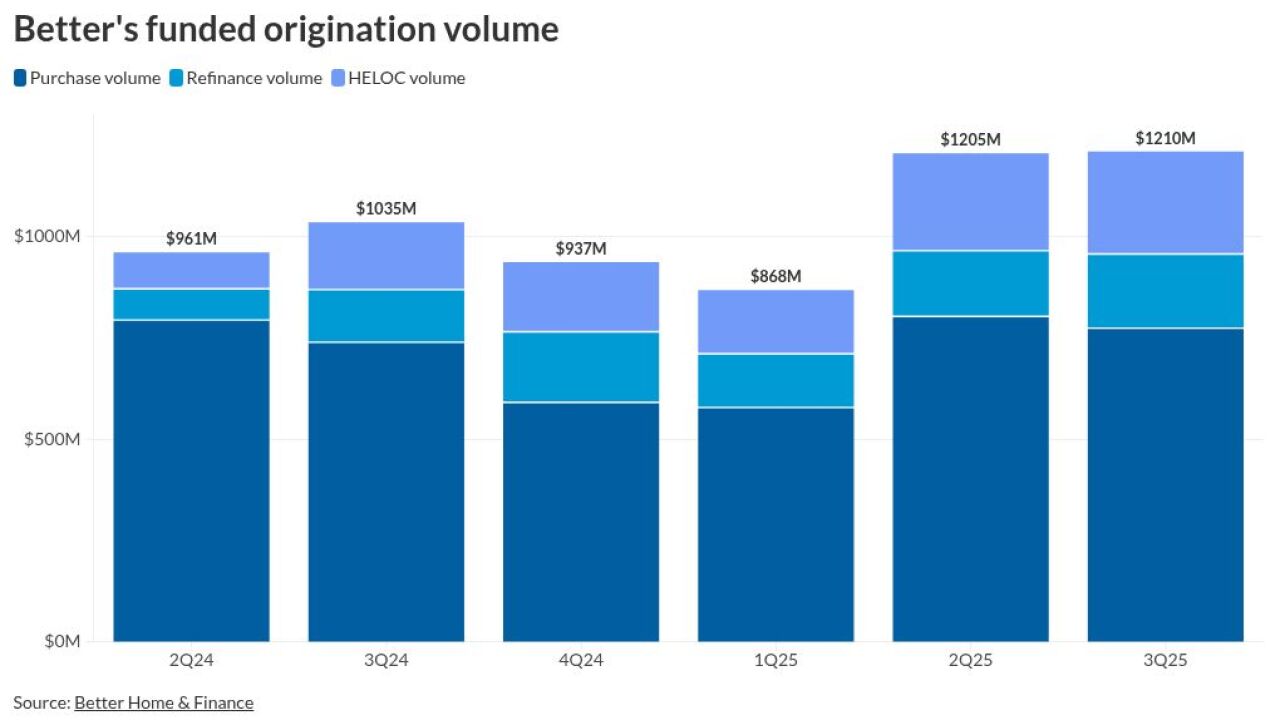Increasingly, it's becoming a tale of two housing markets in the Twin Cities.
With first-time buyers and downsizing baby boomers outpacing sellers, the number of entry-level listings on the market has fallen steadily throughout the year, stifling home sales across the Twin Cities metro.
During June, home sales fell 8.2% compared with the same period last year, according to a midyear report from the Minneapolis Area Realtors. Pending sales — an indication of future closings — fell slightly less.
Those declines stem from a lack of starter houses. As of June, there were 14% fewer houses priced at less than $250,000 compared with last year, and nearly half as many as two years ago. With few options, many would-be buyers are stuck on the sidelines — sales of those starter houses fell 15% last month.

At the same time, upper-bracket sales are on the rise. Sales of $1 million-plus homes posted a 15% annual increase, the biggest gain in any price range.
"There is definitely a trickling up happening in the market," said Jeffrey Dewing of Coldwell Banker Burnet. "We are still experiencing a lot of consumer confidence, a healthy economy and interest rates that are still close to lowest level since 2016."
Dewing recently sold a $4.2 million house long before it hit the market, and months before construction was finished. That happened after he posted an Instagram ad about the house, still under construction in Woodland, an upscale neighborhood near Lake Minnetonka. He quickly got three showings — and an offer.
"It was literally the only ad we ran," he said.
The house was still being framed-up, so the buyers had time to customize the house and make some modifications. The deal closed recently for nearly $4.4 million.
A quick sale is still unusual among upper-bracket listings, but that's not the case for houses priced at less than $250,000.
With listings on the decline, the least-expensive houses sell in about a month compared with houses that are priced at more than $1 million, which on average take nearly a year to sell.
That gap is reflected in price gains. Houses priced at less than $250,000 saw a 6% increase in the average price-per-square foot compared with a 2% increase for $1 million-plus houses.
"The mood definitely varies by price point," said Dewing.
Across all price ranges, sellers listed 8,473 properties, down 3.1% from last year. That caused a slight decline in the number of houses on the market at the end of the month compared with last year. At the current sales pace, there were enough houses on the market to last 2.5 months, about half as long as a market that's considered balanced between buyers and sellers.
On average, houses sold in 40 days — about the same pace as last year. Deep demand, and bidding wars in some cases, for entry-level listings and an increase in the most expensive sales helped boost the median price of all sales last month to $290,000, a 7.2% increase over last year and new record high for any month.
"The idea of the 'housing market' as a singular entity can be misleading," said Linda Rogers, MAR's president-elect. "Cities, neighborhoods and different segments can often show tremendous variation."





